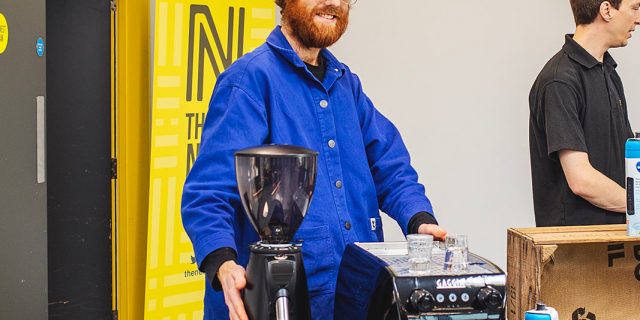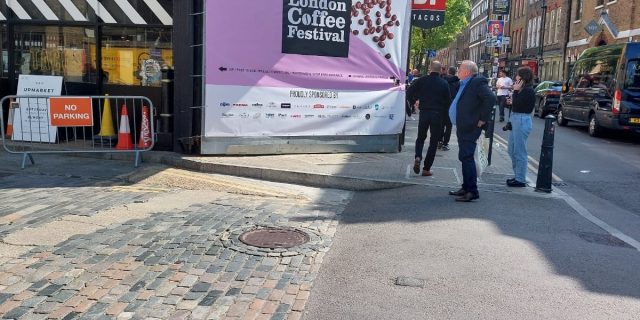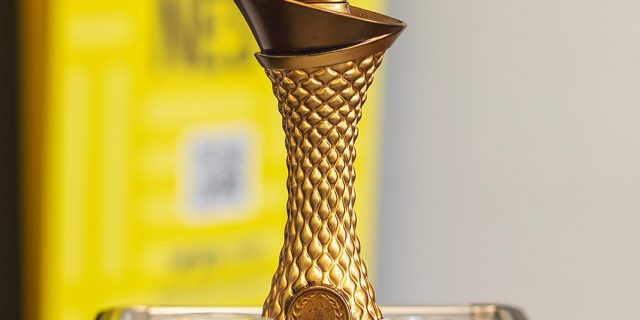On 24th March we held our first annual “East Anglia’s Best Barista” competition as The…
The Science Behind Coffee!
Here at Green Farm Coffee, we have decided to develop a recipe for each of our coffee blends. We believe that by doing this we can ensure that all of our customers can get the absolute most out of their coffee. Developing the recipes has involved a lot of trial and error and of course a lot of coffee drinking, (not that we are complaining).
At this point, you’re probably thinking there is nothing very scientific about drinking lots of coffee. However, this all changes when we introduce you to the latest gadget in our coffee arsenal the refractometer.
“Refracta- what” I hear you say?!
Well, a refractometer is designed to measure the angle of lights reflection through a liquid. They are often used in Labourites to measure things like plasma counts in blood. So why do we need one for coffee?
We can use a refractometer to work out how much coffee we have actually extracted into our espresso. We do this by placing a filtered coffee sample into the refractometer which will then give us a reading of the amount of total dissolved solids (TDS) in our coffee. In Layman terms, this is just the bits of coffee that we have successfully extracted from the coffee grounds into our cup. Once we have the TDS reading from the refractometer we will then enter it into the VST computer program (we use an app!) which converts the TDS reading into an exact extraction percentage for our coffee.
Once we have this extraction percentage we can use it to work out the best ways of extracting the right amount of coffee from each of our blends. Also with lots of trial and error, we can work out at which extraction percentage our coffees taste the best.
By putting all of this information together we are able to come up with coffee extraction recipes that will help you get the most out of the coffee.
Make sure you keep an eye out on our social media for updates on all of our coffee recipe posts.
Click here to follow us on twitter!



